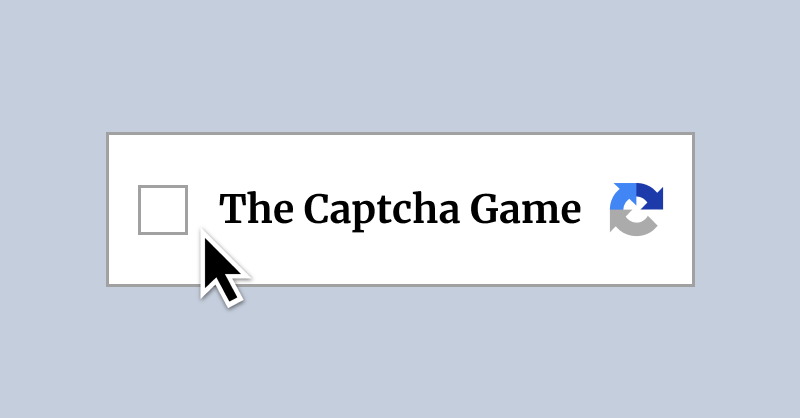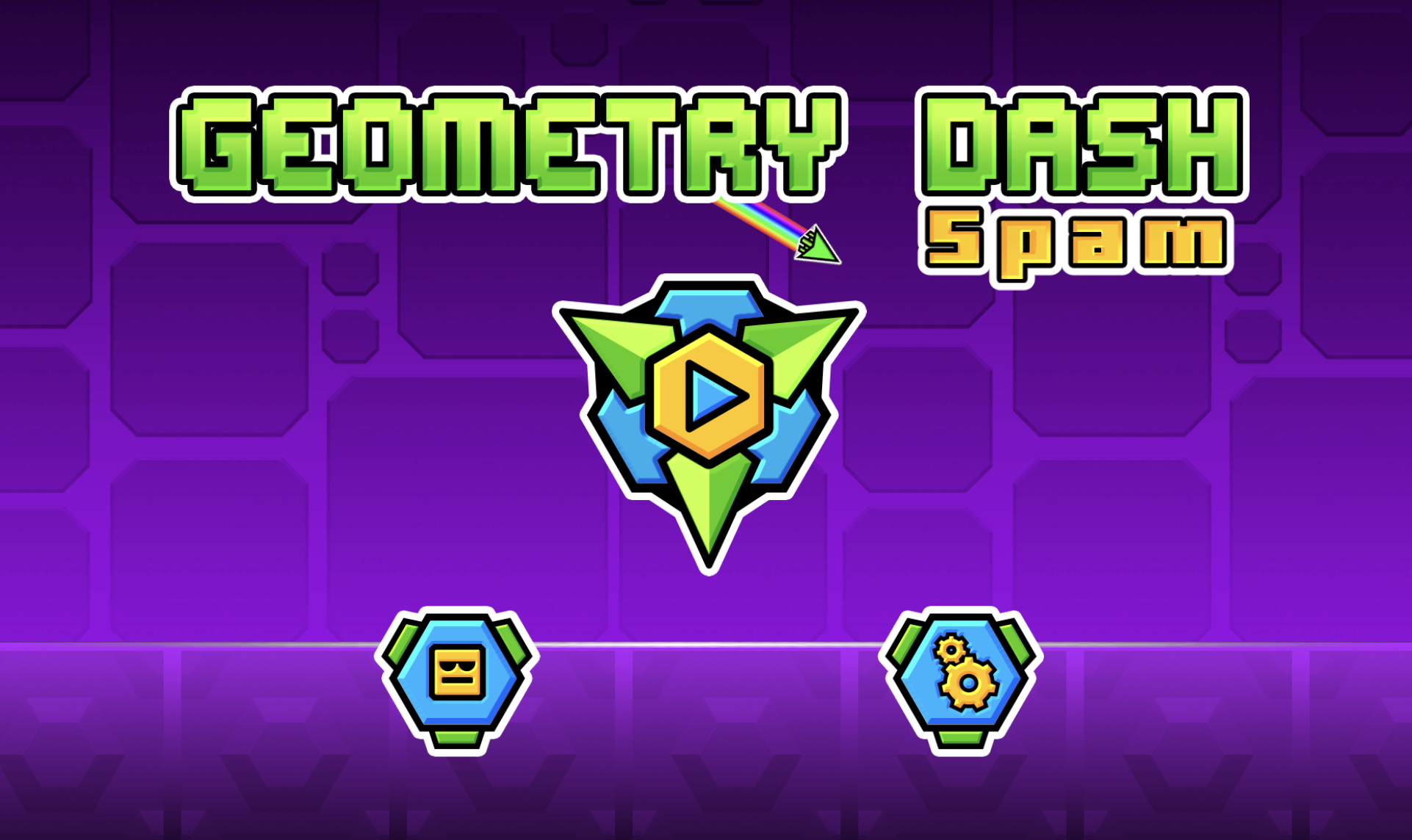Line up dominoes, read the borders, crack the grid
Keep exploring
Continue your Untime session with more narrative adventures, action trials, and puzzle standouts.

The Captcha Game

Slope Rider

Fireboy and Watergirl: Elements

Growden io

Fireboy and Watergirl: Ice Temple

Retro Bowl 26

Speed Stars

Geometry Dash Spam

Hotline Miami

Fireboy and Watergirl: Light Temple
Master the grid with crisp domino logic
Build certainty one tile at a time
Pips NYT turns the humble domino into a clean, addictive logic exercise that you can finish on a coffee break or stretch into a thoughtful meditation. Each board surrounds the playfield with numbered hints that tell you how many pip halves belong in the adjacent rows, columns, and regions. Your mission in Pips NYT is to place every tile so that the numbers check out, all dots are paired, and no contradictions remain. What starts as a simple drag-and-drop soon becomes a satisfying dialogue with the grid, where every decision prunes possibilities and every deduction unlocks a fresh pocket of certainty.
Because Pips NYT focuses on clarity, the feedback loop is instant. You’ll see immediately when a region’s quota is met, when a candidate can’t possibly fit, and when a chain of constraints forces a single legal placement. The feeling is similar to the best pencil puzzles: crisp, fair, and elegantly escalating. Whether you’re brand new to the genre or a seasoned solver chasing clean boards, Pips NYT gives you a daily chance to sharpen reasoning without noise or gimmicks.
What makes the puzzle click
The beauty of Pips NYT is how it teaches you to think in complementary pairs and bounded counts. Edge clues don’t tell you exactly where to put a tile, but they compress the search space until only one arrangement survives. By scanning for extremes, reconciling counts, and ruling out conflicts, you convert messy uncertainty into a tidy, provable solution. As you progress, you’ll notice patterns: a full quota that locks a boundary, a starved region that can accept only one more pip half, or a chain reaction that forces a domino to bridge two tight corridors. That’s the core loop of Pips NYT—observe, restrict, test, and confirm.
Start each board by circling the obvious. A zero means nothing with pips can touch that boundary; a maxed number means you must thread enough domino halves through that edge to meet the requirement. Place what you can, then revisit the numbers that changed. Every tile you settle affects several neighborhoods at once, and in Pips NYT those ripples are your main engine of progress. If you ever feel stuck, toggle pencil notes to mark candidates and track which rows or blocks are close to their limit. You’ll often find that one small mark triggers the next confident placement.
Quick start guide for efficient solves
First, scan for 0s and fully saturated counts. In Pips NYT these extremes are guaranteed leverage. Second, check narrow corridors where a domino can only lie in one orientation; when the shape of the grid constrains you, the numbers frequently fall in line. Third, balance the math: keep a running tally of how many pip halves remain for each boundary. If a side needs two more but only one open pocket exists that can carry those pips, you’ve found a forced move. Fourth, use contradiction checks: pencil a candidate, follow the consequences, and if the math breaks, erase the guess and confirm the opposite. Pips NYT rewards this classic, low-risk approach.
As you refine the board, look for symmetries. Sometimes two areas mirror each other with swapped counts; solving one suggests a plan for the other. Other times, a single domino becomes a keystone whose placement prevents overfilling a nearby line. When you notice these structures in Pips NYT, you’ll start clearing large chunks rapidly and finish with a crisp endgame of obvious completions.
Advanced tactics when the board resists
Use perimeter sweep: walk the border in a loop, updating each clue against newly placed tiles. In Pips NYT this sweep often exposes near-complete edges that quietly force the next move. Try parity thinking: if a region must host an even count of pip halves, any odd configuration you sketch is instantly suspect. Practice local saturation: ask, “If I place this domino here, do I unintentionally exceed a nearby count?” That single question prevents dead ends. Finally, cultivate micro-forecasts: pick a tight area and run a two-move lookahead; Pips NYT’s neat geometry makes these short lines of reasoning both fast and reliable.
Common pitfalls and how to avoid them
Don’t commit too early when several orientations appear viable. In Pips NYT, premature locking can cause silent contradictions that only surface ten moves later. Avoid chasing one clue in isolation; the puzzle thrives on cross-checks across multiple edges. Resist scattering tiles across the map without finishing local counts—tidy one pocket at a time so your mental model stays sharp. And always leave pencil marks when doubt creeps in; Pips NYT is far kinder when your candidates are visible rather than floating in memory.
Why this daily ritual sticks
The best daily puzzles create a dependable rhythm: a small burst of challenge, a steady stream of insights, and a tidy resolution. Pips NYT nails that cadence. The interface is minimal, the rules are coherent, and the satisfactions are frequent. You’ll feel the click when a stubborn boundary finally balances, and you’ll chase that feeling again tomorrow. Over time, you’ll also get faster: Pips NYT gently trains you to spot forced orientations, read quotas at a glance, and maintain a clean ledger of remaining pip halves without strain.
Tips for building speed without losing accuracy
Chunk your work. Solve one quadrant, reconcile its borders, then migrate. In Pips NYT, chunking reduces back-and-forth scanning and converts the board into digestible bites. Narrate your plan in short phrases—“fill to two on west, deny north corridor, bridge center gap”—to keep intent visible. Set micro-goals: “balance the top edge,” then “saturate the right column.” Each small finish grants momentum. Finally, keep your cursor hovering where you’re reasoning; in Pips NYT, proximity helps you convert thought into action without losing context.
Accessibility and control notes
Clean contrasts, clear pip icons, and snappy drag mechanics make Pips NYT easy to read and handle on both laptop trackpads and desktop mice. If you prefer slower, more deliberate play, pencil notes let you mark possibilities without consequence. If you prefer speed, the crisp snap-to-grid minimizes misdrops, and the borders update instantly so you never second-guess whether a count recalculated. In short, Pips NYT adapts to your pace while preserving logic purity.
FAQ quick hits
Is guessing required? No. While you can try candidates, every published Pips NYT board resolves logically. How long does it take? Most players finish in a few minutes once familiar; trickier layouts may stretch longer. What’s the learning curve? Gentle. After two or three boards, the language of quotas and pairs in Pips NYT becomes second nature. Why does it feel fresh daily? The mix of counts, corridors, and tile orientations reshuffles deduction patterns, ensuring that Pips NYT rarely repeats the same pathway to a solution.
Settle in, scan the borders, and start placing with purpose. When you’re done, enjoy the quiet satisfaction of a grid that balances perfectly—and come back tomorrow to see how quickly your logic muscles fire up again. With its crisp feedback, fair deductions, and tactile placements, Pips NYT makes daily reasoning feel both approachable and genuinely rewarding.
Line up dominoes, read the borders, crack the grid is ready to play
Solve daily domino logic. Drag tiles to satisfy numbered edge clues, refine deductions with pencil marks, and enjoy a quick, brain-pleasing NYT puzzle ritual.
Share Line up dominoes, read the borders, crack the grid
Spread the word, invite friends, or bookmark this page to revisit the story whenever you need it.